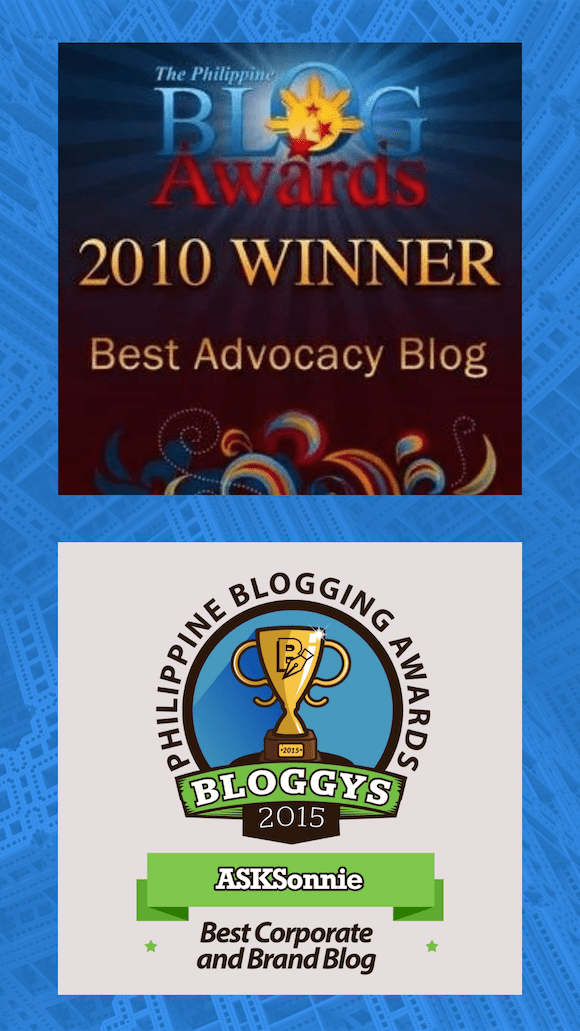Proceeding with HR Analytics without knowing your objectives is like traveling without a definite destination to go.
When I’m starting my quest in hr analytics, I was overwhelmed with the volume of data around. I thought I needed all and I wasted days trying to make sense of the data. After continuously trying to make sense of everything, I realized that I am doing it wrong. That was when I learned the most important lesson in this field, and also in life: “Always begin with an end in mind.”
Proceeding with hr analytics without knowing your objectives is like traveling without a definite destination to go.When I realized this, I started to read more. I started to attend training, because even I read too much, I cannot understand some of the complex concepts. Then, after having the grasp of the important concepts applied it. I started doing things with an objective, and thus, I became successful in completing an analytics project.
As time goes by, I have developed my own personal framework to work on whenever I start a project. This framework is a result of the combined knowledge & skills I gathered through training, books, videos and experiences. I am happy to share this with you. Please refer to the diagram below:
A. End in Mind
Applying the lesson “Always begin with an end in mind” starts when you know how to identify your end in mind.
End in mind, for me, is your purpose on why do you want to start an analytics project. It can be an opinion that is born out of curiosity or a problem in the organization.
Whenever it is a problem or an opinion, you need to make sure that your wording of your end in mind statement is precise, specific and on point. Poorly defined statements will either make your project fail or will make you start over again at the middle of your project. This can mean lost productivity, time and for the company, costs.
Selecting what is the end in mind is always my biggest problem when I was still starting. After reading different books and attending different training, I started to understand how to select a good one. Choosing a quick yield project is a good start if you are still beginning. When you are already a bit knowledgeable in what you do and have built enough confidence from your quick successes, that is the time you can start trying to select projects with long yield time with greater impact.
Personally, I started in projects with the objectives related to recruitment. I will explain each of the parts of the framework by going over with a real-life example I experienced.
I was a month-old training officer in the organization when this happened. My boss came back after the man-com meeting fuming with frustration because she was having a hard time filling up the vacancies of the different departments. She called our recruitment officer to ask what the problems are and she needs an answer ASAP. Seeing this as an opportunity, I volunteered to help her out after our boss left. Pressured, she agreed.
End in mind statement: Find-out the culprit behind the recruitment’s hard time in filling up vacancies.
B. Hypothesis
After you have clearly identified your end in mind, you will need to have a hypothesis that you want to prove.
Why do we need a hypothesis? Your end in mind is something you cannot directly test and is abstract. Your hypothesis is the concrete statement of your abstract thought. This is your opinion or gut feel that you think will answer your end in mind.
When formulating a hypothesis, make sure it makes sense. Don’t do a hypothesis without thinking about it carefully. Most of the time, I use my gut feel as the basis of my opinion but before I proceed, I always ask myself “Is it really sensible?”.
However, there are circumstances that even it is not sensible, try to consider it. Research about it because most of the time, Google already has the answers. Otherwise, if you feel strong about it, go for it. Include it as your opinion or formulate a hypothesis. Curiosity has led many scientists to success.
Technically, in research, there is a correct way in writing your hypothesis. You must always have a null & an alternative hypothesis statement. Your null hypothesis is what you will try to reject or discredit. Your alternative hypothesis is the statement that you want to prove. The “null” is expressed as H0 and the alternative as H1.
Example: Your company has tardiness problems and you think one of the major culprit is the long commute of employees from home to work.
Your problem/objective statement can be: Why does our company have tardiness problems.
Your hypotheses are:
H0: Long commutes do not impact attendance
H1.: Long commutes impact attendance
In my story, I have disregarded the technical formulation of the hypothesis since during that time, I am not into the technicality of what I do. I care more about the results. But moving forward, I always establish my null and alternative hypotheses. Let us continue.
We talked about the problems she’s encountering and after that, the opinions that we will try to prove are:
- Long confirmation of the interviewers in scheduling the interviews is the main culprit.
- Job offers are not competitive enough to persuade candidates to sign.
C. Data
This is only the time you should start gathering data, if there are no data present. If there are already data, this is the only time you must be able to select what data matters. Without any hypothesis in mind, finding your needed data is like searching for a needle in a haystack. This means you are wasting your precious time and effort for nothing.
For this article, we will classify data into two: Raw and Derived Data.
Raw data are plain facts documented and does not need to be derived from other data.These are simply, plain facts. Raw data are gender, net promoter score, hiring date, frequency of tardiness, marital status, parental status and etc. In other words, these are plain facts.
Derived data are facts derived from other data combinations. Examples are turn-over, time to hire, retention rate, job acceptance rate, employee satisfaction score.
You might not be aware that you are already collecting data if you make your applicants answer applicant’s information form, conduct pre-employment exams, survey employees regarding your last engagement activity, documenting effects of policy test runs and conducting pre-employment and exit interviews. The data you gathered must be well-documented and the good news is that most HRs uses trackers to document collected information.
Make sure that you are always updating your trackers every day, if possible. Also, make sure that it is correct, accurate and all rows and columns are complete.
Going back to derived data, most of those are derived from what we call HR Metrics. We will discuss it in my next article along with analytics and the continuation of the story.
Discover more from ASKSonnie.INFO
Subscribe to get the latest posts sent to your email.



